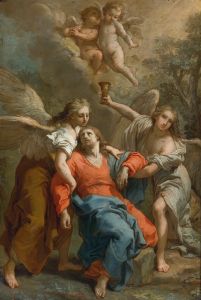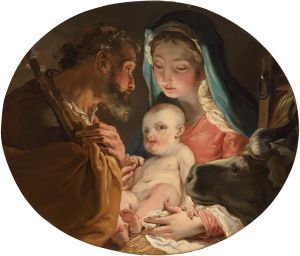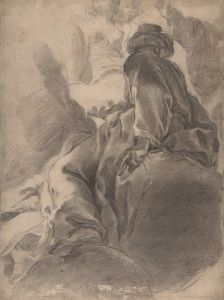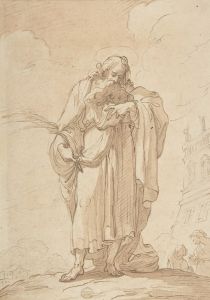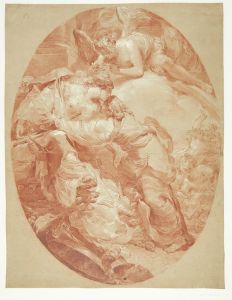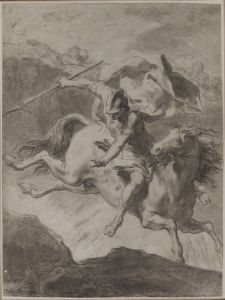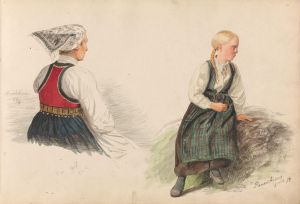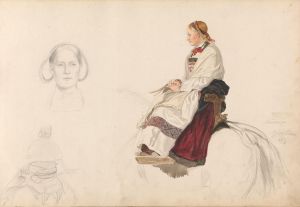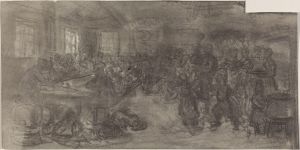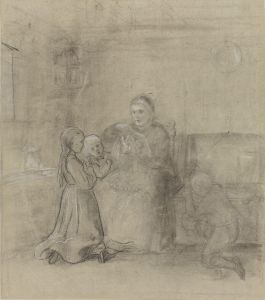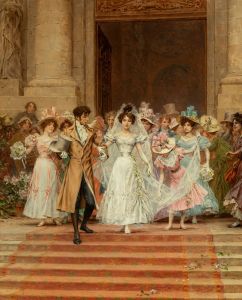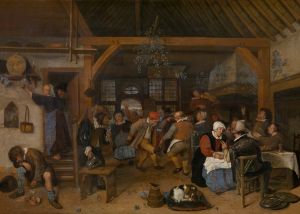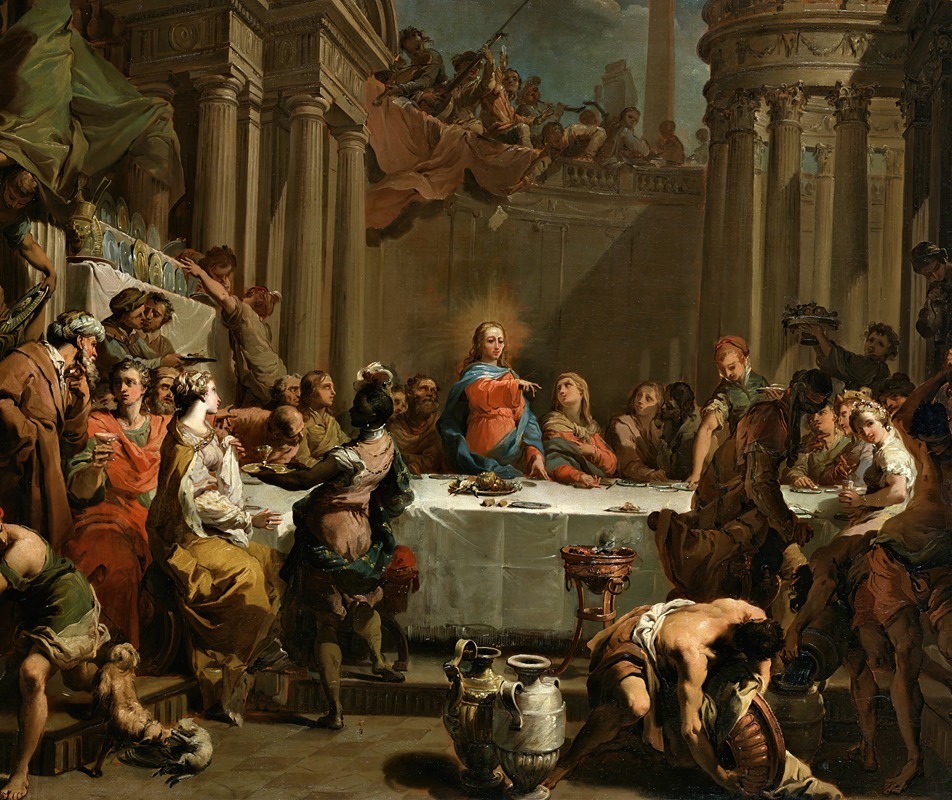
The Marriage At Cana
A hand-painted replica of Gaetano Gandolfi’s masterpiece The Marriage At Cana, meticulously crafted by professional artists to capture the true essence of the original. Each piece is created with museum-quality canvas and rare mineral pigments, carefully painted by experienced artists with delicate brushstrokes and rich, layered colors to perfectly recreate the texture of the original artwork. Unlike machine-printed reproductions, this hand-painted version brings the painting to life, infused with the artist’s emotions and skill in every stroke. Whether for personal collection or home decoration, it instantly elevates the artistic atmosphere of any space.
"The Marriage at Cana" is a painting by the Italian artist Gaetano Gandolfi, who was an important figure in the late Baroque and early Neoclassical periods. Born in 1734 in San Matteo della Decima, near Bologna, Gandolfi was part of a family of artists, including his brother Ubaldo Gandolfi, who was also a notable painter. Gaetano Gandolfi's work is characterized by its dynamic compositions, vibrant colors, and expressive figures, which reflect the influence of both the Baroque and emerging Neoclassical styles.
"The Marriage at Cana" depicts the biblical story of the Wedding at Cana, where Jesus performed his first miracle by turning water into wine. This event is described in the Gospel of John (John 2:1-11) and is a popular subject in Christian art due to its significance in the New Testament. The painting captures the moment of the miracle, emphasizing the astonishment and joy of the wedding guests as they witness the transformation.
Gandolfi's composition is notable for its lively and theatrical arrangement. The figures are arranged in a dynamic manner, with a strong sense of movement and interaction among them. The artist uses light and color to highlight the central figures of Jesus and the wedding couple, drawing the viewer's attention to the miraculous event. The use of chiaroscuro, or the contrast between light and dark, adds depth and drama to the scene.
The painting also reflects Gandolfi's skill in depicting human emotions and expressions. The faces of the wedding guests convey a range of reactions, from surprise and wonder to joy and reverence. This attention to emotional detail enhances the narrative quality of the painting, making the biblical story more immediate and engaging for the viewer.
Gaetano Gandolfi was a prolific artist, and his works include religious scenes, mythological subjects, and portraits. He was trained at the Accademia Clementina in Bologna, where he later became a professor. His style evolved over time, incorporating elements of the Rococo and Neoclassical movements, and he was influenced by the works of earlier masters such as Guido Reni and the Carracci family.
"The Marriage at Cana" is an example of Gandolfi's mature style, combining the dramatic intensity of the Baroque with the clarity and order of Neoclassicism. The painting is housed in various collections, and its exact location can vary depending on exhibitions and loans. Gandolfi's work remains an important part of the artistic heritage of Bologna and continues to be studied and appreciated for its technical skill and expressive power.
In summary, "The Marriage at Cana" by Gaetano Gandolfi is a significant work that showcases the artist's ability to convey a biblical narrative with emotional depth and dynamic composition. It reflects the transition between the Baroque and Neoclassical styles and highlights Gandolfi's contributions to the art of his time.





